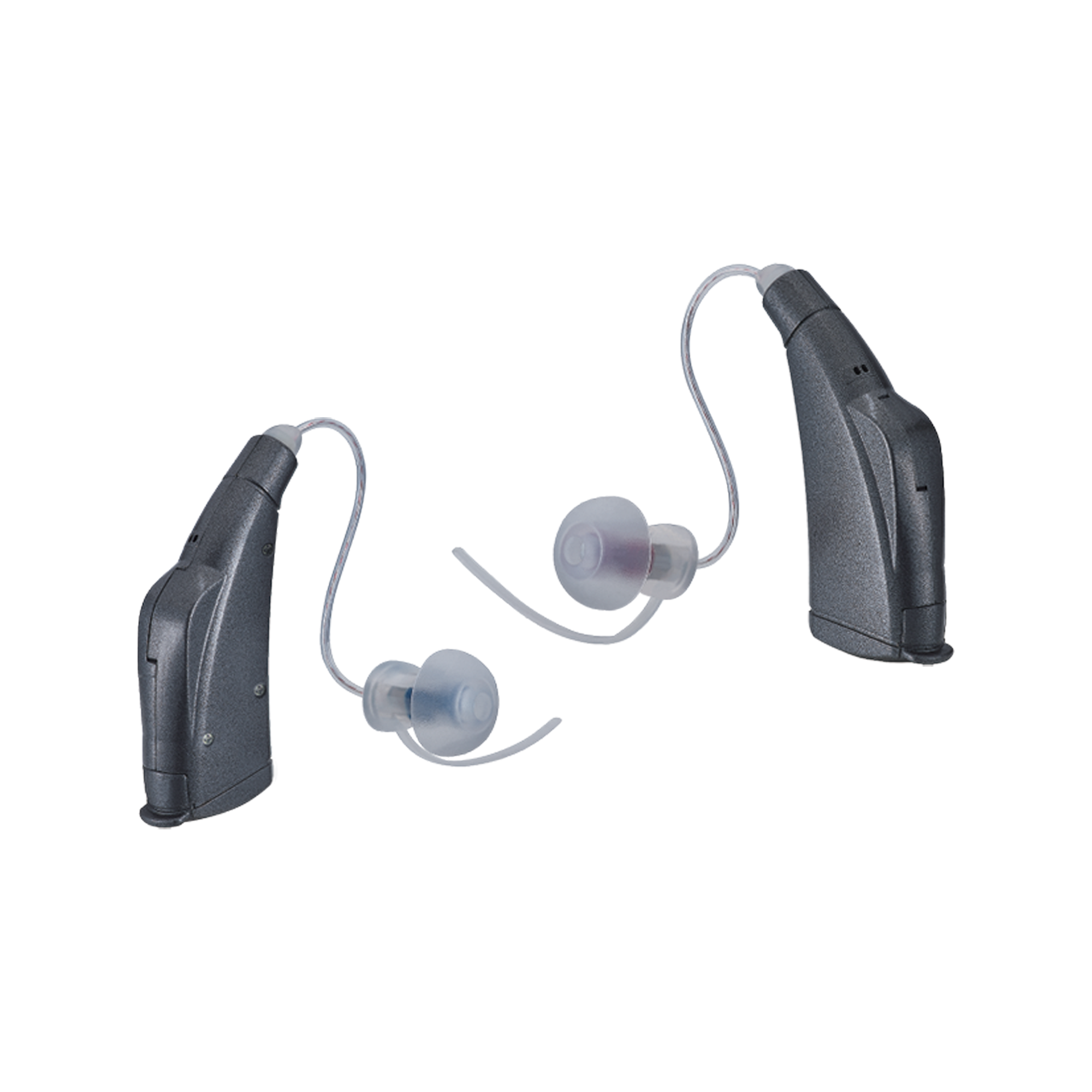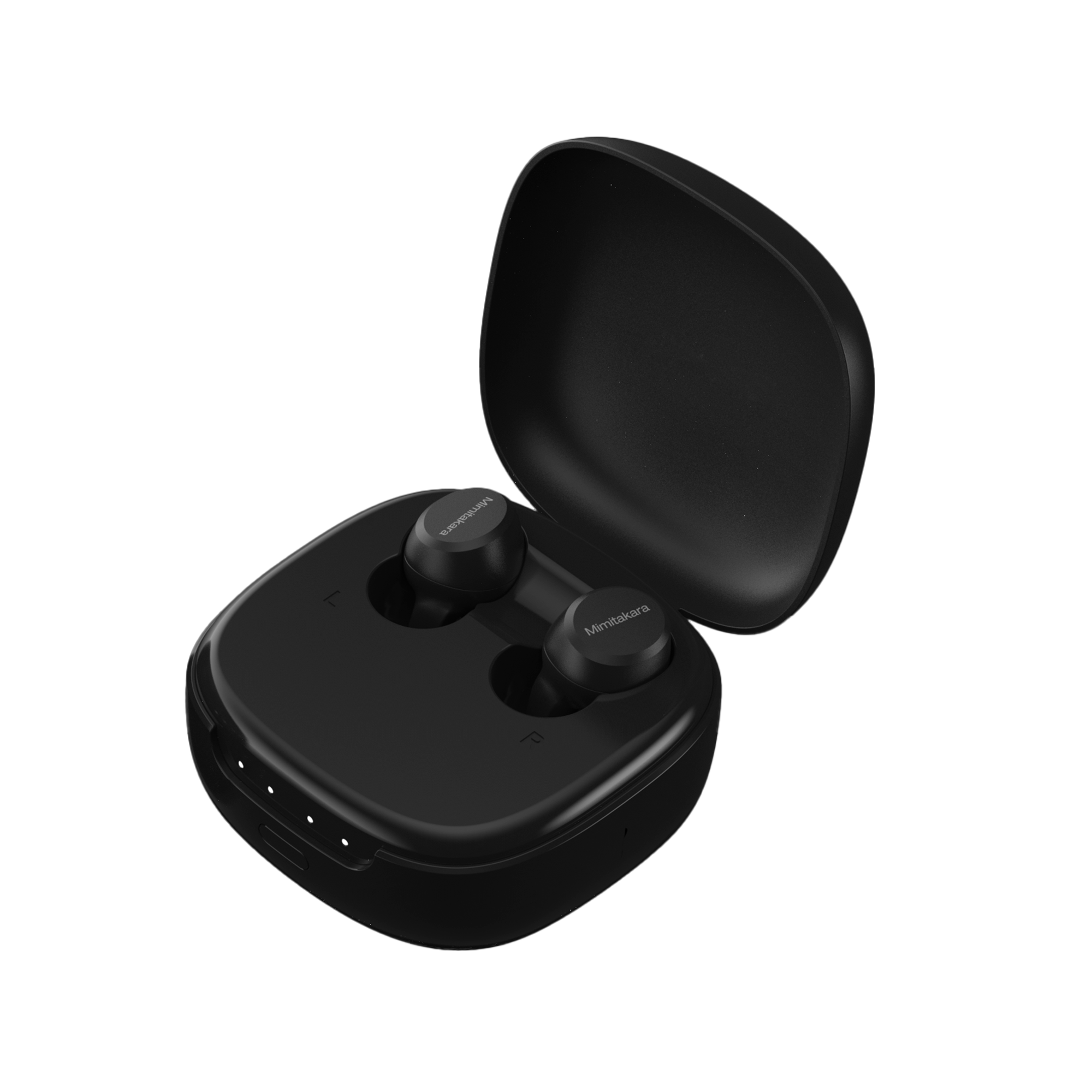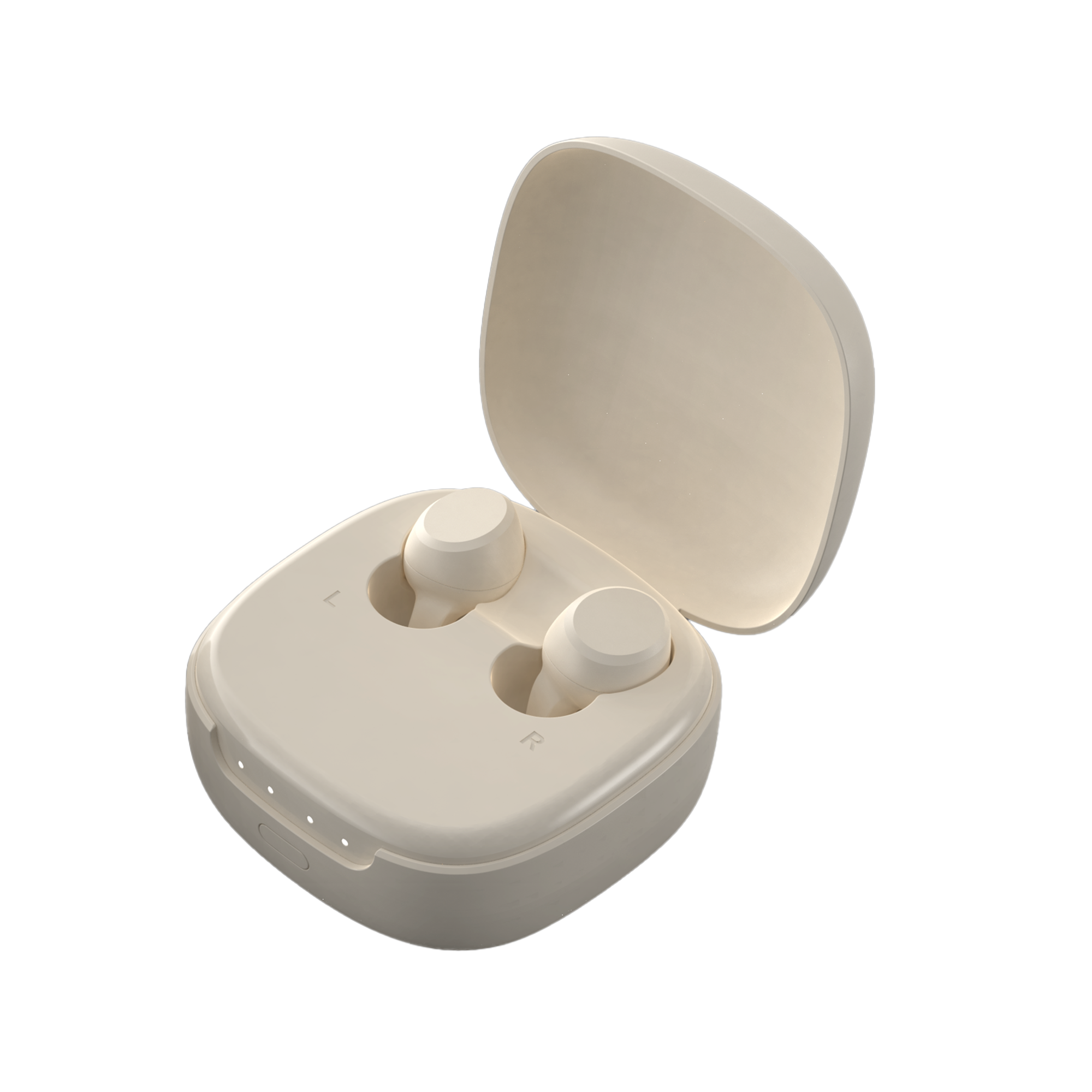Introduction
In recent years, hearables have emerged as one of the most exciting innovations in the world of audio technology. They represent the evolution of traditional headphones and earbuds into smarter, more multifunctional devices. Unlike regular audio devices, hearables offer advanced capabilities such as active noise cancellation, biometric monitoring, and even health tracking. They are designed to be worn inside the ear, offering convenience and high-tech features that are shaping the future of personal audio.
But what exactly are hearables? How do they differ from regular audio devices, and what benefits do they bring to the table? In this blog, we’ll explore the ins and outs of hearables, their unique features, the technology behind them, and how they can enhance both hearing health and everyday life.
1. What Are Hearables?
Definition of Hearables
Hearables are wireless audio devices that are worn inside the ear, designed to provide more than just audio playback. Unlike traditional headphones or earbuds, hearables incorporate a wide range of advanced technologies such as wireless communication, biometric sensors, and active noise cancellation.
Hearables are typically small, lightweight, and designed to offer hands-free operation for various tasks such as voice control, phone calls, music streaming, and even health monitoring.
Differences Between Hearables and Traditional Audio Devices
| Feature | Hearables | Traditional Headphones/Earbuds |
| Technology | Integrates biometric sensors, active noise cancellation, voice control, and more | Primarily used for audio playback with limited functionality |
| Design | Small, lightweight, and designed to fit inside the ear | Larger and bulkier, typically worn on the head or over the ear |
| Connectivity | Wireless and equipped with Bluetooth and Wi-Fi | Primarily wired or Bluetooth, with no additional smart features |
| Functionality | Multifunctional: calls, health monitoring, audio | Mainly for audio playback, occasional mic use for calls |
2. Key Features of Hearables
Wireless Audio Playback
The primary function of hearables is to provide high-quality, wireless audio. Through Bluetooth technology, hearables can easily connect to your smartphone, tablet, or laptop for seamless music streaming or phone calls.
Active Noise Cancellation (ANC)
Many hearables come with active noise cancellation (ANC), which helps block out unwanted external sounds. ANC is particularly useful in noisy environments, such as public transportation or crowded offices, providing a more immersive listening experience. By using built-in microphones to detect external noise, ANC technology produces sound waves that cancel out these unwanted sounds.
Biometric Monitoring and Health Tracking
One of the standout features of modern hearables is their ability to monitor biometric data. Some models are equipped with sensors that track heart rate, temperature, step count, and other vital signs. This makes hearables an excellent choice for those interested in fitness and wellness tracking.
Examples of health tracking features:
- Heart rate monitoring
- Step tracking
- Sleep monitoring
Voice Control and Smart Assistants
Many hearables come with voice control features, allowing users to interact with smart assistants like Siri, Google Assistant, or Alexa directly through their devices. Whether you’re asking for directions, playing music, or checking the weather, you can control your hearables hands-free.

3. The Technology Behind Hearables
Bluetooth Technology
Bluetooth is the backbone of wireless audio devices. Hearables leverage Bluetooth 5.0 (or higher) to provide stable, high-quality audio streaming with minimal lag. Bluetooth technology allows for seamless pairing between your devices and ensures a strong, stable connection.
Sensors and Microphones
Hearables are packed with advanced sensors and microphones that enable features like health tracking and voice recognition. These sensors help monitor biometric data, detect external sounds, and communicate with other devices.
- Microphones are used to pick up external sounds for voice commands and calls.
- Sensors can track your movement, activity, and health data.
Power and Charging
Most modern hearables use rechargeable batteries that provide several hours of continuous use. The charging case doubles as a portable charger, allowing you to recharge your hearables on the go. Some advanced models even offer wireless charging.
4. Benefits of Using Hearables
Enhanced Sound Quality
The sound quality provided by modern hearables is far superior to traditional headphones. With advanced audio processing and noise cancellation technologies, hearables ensure that every note and sound is crisp, clear, and immersive.
Hands-Free Operation
With voice control and smart assistant integration, hearables enable hands-free operation for a variety of tasks, from answering calls to adjusting music volume. This makes them highly convenient for people on the go.
Health and Fitness Monitoring
Hearables allow you to seamlessly track your health metrics, such as heart rate, steps, and calories burned, making them ideal for active individuals or those who want to stay on top of their fitness.
Discreet and Comfortable Design
Hearables are small, lightweight, and fit comfortably inside the ear. Their discreet design makes them an ideal choice for individuals who want the benefits of audio devices without the bulkiness of traditional headphones.
5. Types of Hearables Available
In-Ear Hearables
These are small, discreet devices designed to fit directly into your ear canal. They are typically used for music streaming, phone calls, and fitness tracking.
Example: Apple AirPods Pro
Cost: $200 - $350
Over-Ear Hearables
Over-ear hearables offer more comfort and sound isolation, and they are ideal for extended use. These devices are larger and rest on the outer ear.
Example: Sony WH-1000XM4
Cost: $300 - $400
Smart Hearing Aids
Some hearables are designed specifically for people with hearing loss and include features like sound amplification, speech recognition, and noise reduction.
Example: Mimitakara GoodHearing A1
Cost: $150 - $500
6. How to Choose the Right Hearables for Your Needs
Consider Your Purpose
- If you're looking for audio quality for music, choose over-ear or in-ear models.
- If you're interested in health monitoring, look for hearables with fitness tracking and biometric sensors.
- For hearing aid needs, opt for smart hearing aids that offer amplification and noise reduction.
Comfort and Fit
Make sure the hearables you choose fit comfortably in your ears, especially if you plan to wear them for extended periods. Many in-ear models come with multiple ear tip sizes to ensure the perfect fit.
Battery Life
For all-day usage, choose hearables with long battery life. Some models last up to 8-10 hours of continuous use, while others may require more frequent charging.
7. The Future of Hearables
Integration with AI
As artificial intelligence (AI) continues to evolve, future hearables will likely become even smarter, with features like real-time translation, speech enhancement, and automated sound adjustments.
Improved Health Monitoring
Future hearables are expected to provide even more comprehensive health data, such as blood pressure monitoring, ECG tracking, and blood oxygen levels.
Conclusion: Hearables Are Shaping the Future of Audio Technology
Hearables are revolutionizing how we interact with audio devices. Their small form factor, advanced features, and ability to track health make them an excellent choice for anyone looking to enhance their audio experience or improve their hearing health. As technology continues to advance, hearables will undoubtedly become an integral part of our daily lives, offering new possibilities for convenience, communication, and health monitoring.
FAQ
Q1: What are the main differences between hearables and traditional hearing aids?
Hearables offer a broader range of functionalities, including audio streaming, fitness tracking, and voice control, while traditional hearing aids are focused on hearing amplification and noise reduction for individuals with hearing loss.
Q2: Can hearables be used for people with hearing loss?
Yes, some hearables are designed specifically for individuals with hearing loss, providing hearing amplification, speech enhancement, and noise filtering features.
Q3: How long does the battery of a typical hearable last?
The battery life of hearables typically ranges from 4 to 10 hours depending on the model and usage, with some models offering rechargeable options for convenience.











